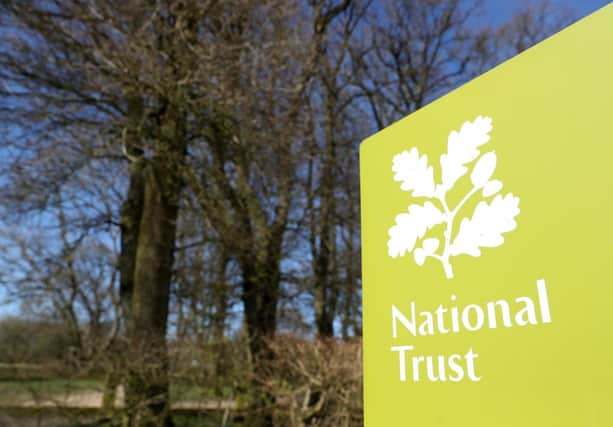This map shows which famous landmarks will be at risk if climate change isn't tackled


The National Trust has produced a map showing which landmarks in England, Wales and Northern Ireland are most at risk from runaway climate change.
The map, based on a worst case scenario if the UK fails to slow down climate change, reveals the devastating impact that rising humidity and heat, high winds, landslides and floods could have on some of England, Wales and Northern Ireland's most beloved landmarks.
Advertisement
Hide AdAdvertisement
Hide AdWithout further action on emissions, the National Trust estimates that 11,462 sites could be subject to the highest threat level from climate change over the next 40 years - treble the 3,371 sites currently at that threat level.
This would mean 17 per cent of all the National Trust's properties would be under the highest threat level.
The number of sites in the high or medium risk category, meanwhile, could increase from 20,457 sites to 47,888 by 2060.
Storm damage, flooding and landslides
The worst case scenario reveals that South East England would be hit hardest by an increase in heat and humidity, with a third of the Trust's sites experiencing temperatures above 30C for at least 15 days per year.
Advertisement
Hide AdAdvertisement
Hide AdCoastal erosion and flooding will hit Northern Ireland hardest, with potential landslides around landmarks like the Giant's Causeway.
Storm damage, flooding and landslides, meanwhile, would become more widespread generally, hitting Wales and northern England particularly hard.
The charity has said the map will allow them to prepare better for a worst case scenario. With plans to plant 20 million trees before 2030, the map will allow the trust to place them where they're needed most.
Already, the National Trust has introduced measures at their sites to mitigate the impact of climate change.
Advertisement
Hide AdAdvertisement
Hide AdThis includes the planting of heat tolerant plants, creating barriers against flooding, and planting trees to manage rising water levels.
National Trust director for land and nature Harry Bowell said: "This map is a game-changer in how we face the threat climate change poses to the places we care for.
"While the data draws on a worst-case scenario, the map paints a stark picture of what we have to prepare for. But by acting now, and working with nature, we can adapt to many of these risks."